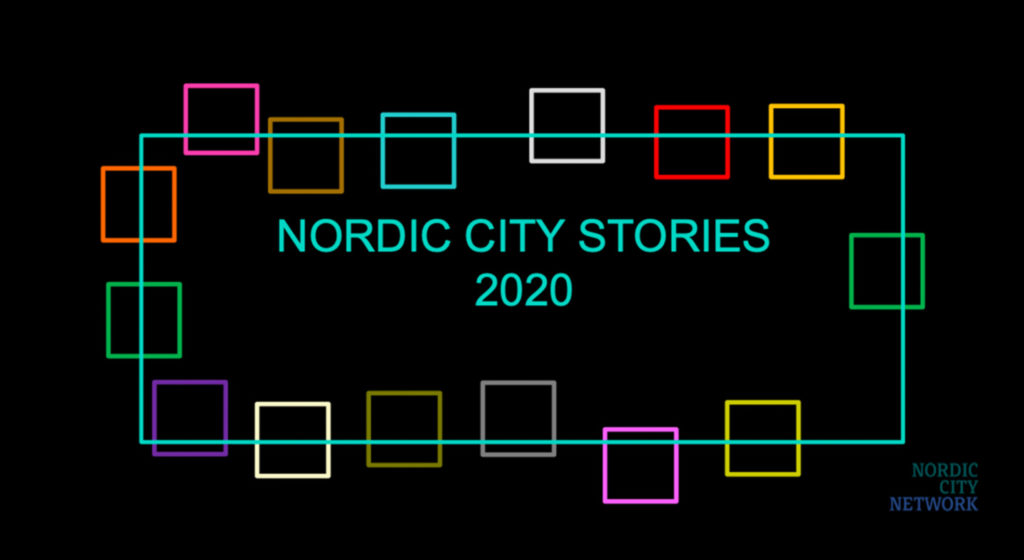
Co-creation for the future
Engagement is by no means a new thing in the development and planning of cities. In the past decades, the question of how best to do engagement processes has been high up on the agenda in many urban debates. It is increasingly written into policies and strategies as a requirement. While we see many different attempts at rethinking these processes of engagement and innovating around tools and methods for dialogue, it is also a topic of recurrent frustration. It’s difficult, it’s messy, it’s time consuming; and what does it really matter?
We all know the critique of participation being reduced to mere tokenism when citizens are invited to a public hearing meeting to discuss a city plan. And while this may indeed be true in many instances it seems valuable to shift the conversation to talk about different forms of participation serving different purposes, and identifying the different needs for participation and co-creation and let that become a driver for new ways working and together solving those important challenges currently facing urban societies – not only in the Nordic countries – but around the world.
The Nordic Urban Lab period and working on the local Nordic City stories has revealed several obvious reasons for strengthening participation and co-creation in the Nordic cities:
Distance and alienation
The relationship between politicians and citizens is currently being challenged with increased distance and sense of alienation, which demands a much deeper sense of engagement. The dilemma often faced by local politicians is that the most active and engaged citizens are the most privileged belonging to the elite. Co-creation therefore starts with the premise of having to restore a sense of closeness and meaning – a redefinition of the relationship between politicians and citizens – including who should take part in the co-creation.
From consumers or users to co-creators
Development and transformation processes in cities often involve conflicting needs and wishes. For local planners and politicians alike, these conflicting needs represent important dilemmas to be addressed. Participation and co-creation processes are therefore vital – not only as arenas for expressing and hoping for the fulfillment of own wishes and needs – but for building a common understanding of these dilemmas.
The need to address ‘wicked’ problems
Many engagement processes have the tendency to focus on providing solutions, but in a world characterized by so-called wicked problems this urge can fall short of addressing the most important issues at stake. Setting up new forms of co-creation thus represents a golden opportunity to understand and define more clearly the complexity of the problems at stake to make them (more) operational.
Unknown stakeholders
A recurrent theme in several of the Nordic City Stories is how to secure the urban growth needed, making sure to keep the city’s position in a certain field and/or attracting new types of businesses and residents. To deal with such challenges, traditional engagement processes with existing businesses and citizens are likely to fall short and call for a rethinking of ‘who’ to co-create solutions with.
The local and the global
Challenges such as climate issues, health crisis such as Covid19, migration – just to mention a few – are characterized by having a very local impact and foot print, but are challenges that are shared with many other cities and regions in different parts of the world. And this calls for not only local, place-based initiatives, but co-creation initiatives at a bigger scale.
Moving forward, it will be interesting to explore to what extend and how cities across the Nordic region can co-create the solutions needed for the future. Can we identify a possible Nordic perspective on co-creation? What are the Nordic strengths and weaknesses that we can build such models on?
The often-cited advantage of high levels of trust prevailing in the Nordic societies – is this sense of trust intact or in need of being strengthened in the years to come? This – and many other questions – are important to address moving forward to secure sustainable, innovative, democratic, and equitable Nordic urban societies.
Louise Vogel Kielgast,
Member of NCN Advisory Board
If you missed Louise’s previous reflection, you can read them here: